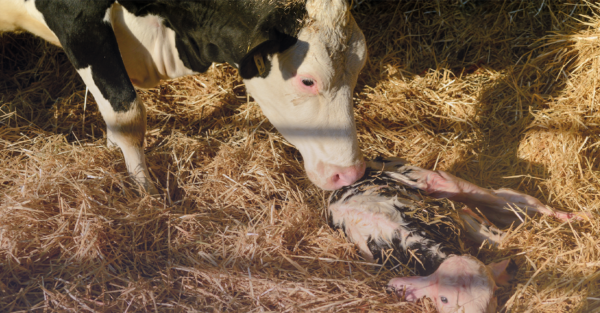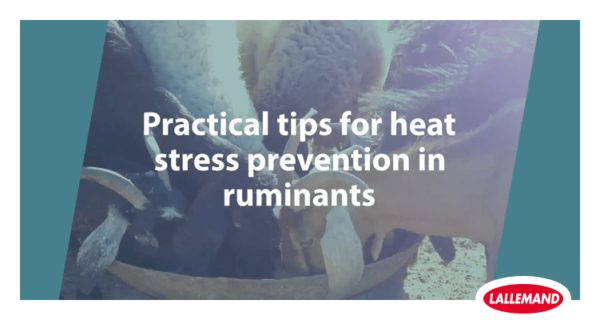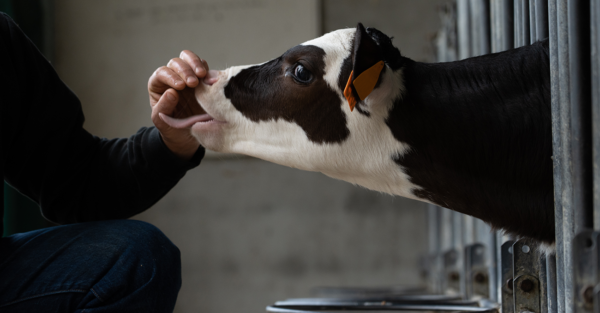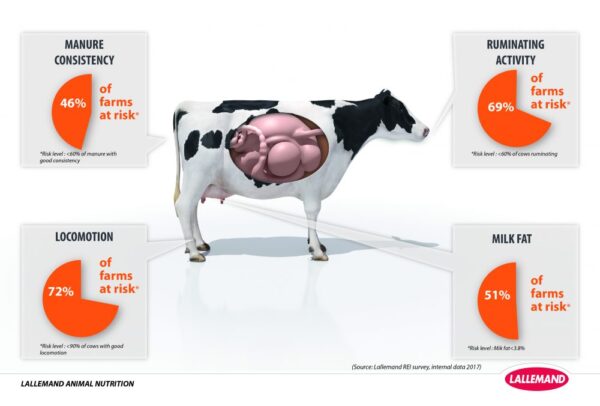News | Reading Time 3 minutes
Contributing microbiota expertise to help keep our planet healthy
“Understanding methane emissions in ruminants to better reduce them” virtual conference
Researchers and livestock producers continue to make strides towards the twin goals of 1) producing safe, wholesome food that will sustain the world’s growing population while 2) using environmentally sustainable production methods.
Methane emissions from livestock are a relatively small source of greenhouse gas production when compared to other anthropogenic emissions (e.g. transportation, industry). However, the industry continues to positively contribute to new research and management practices to the global effort of fighting climate change.
Understanding and leveraging the rumen microbiota can help achieve this goal, believes Frédérique Chaucheyras-Durand, Research Manager at Lallemand Animal Nutrition.
Lallemand Animal Nutrition, as an expert in rumen microbiota research and long-term INRAE partner, is part of a research consortium on methane emissions in ruminants led by INRAE, along with 10 other stakeholders. The program is based on three pillars: quantify, understand and predict. The goal is to provide ideas, guidelines, and tools to ultimately develop operational solutions to reduce methane emissions from ruminant livestock production.
On January 20, a virtual satellite of the 3R Conference was organized by the consortium, dedicated to “Understanding methane emissions in ruminants to better reduce them.” The meeting was organized by the INRAE and Institut de l’Elevage.
Frédérique Chaucheyras-Durand, contributed to the presentation: “Why looking at ruminal microbiota in order to reduce enteric methane emissions”.
She explains: “Rumen microorganisms are key actors involved in ration digestion and some members of this microbiota are responsible for methanogenesis. A better understanding of the rumen fermentation process helps researchers understand the nutritional factors that can affect methane emissions. In particular, hydrogen (H2) plays a central role in methane production. Thus, either reducing hydrogen production or increasing hydrogen consumption by rumen microbiota can contribute to reducing methane emission.”
Dietary manipulation can impact the balance between hydrogen producers and utilizers in the rumen and thereby can reduce methane levels. As one example, Popova and Chaucheyras-Durand showed in their presentation that a combination of linseed and nitrate in fattening bulls led to a 9% reduction of methane emission (Doreau et al., 2018). This was explained by changes in the rumen microbiota activity, with a decrease in hydrogen-producing bacteria of the Ruminococcaceae family, an increase in the relative abundance of nitrate-reducing bacteria, and a significant reduction of the activity of specific methanogenic Archaea (Methanomassiliicoccaceae) (Popova et al., 2017).
The full replay of the conference, in French, is available online at https://journees3r.fr/spip.php?article4902
Published Feb 9, 2021
Related articles
Need specific information?
Talk to an expert


